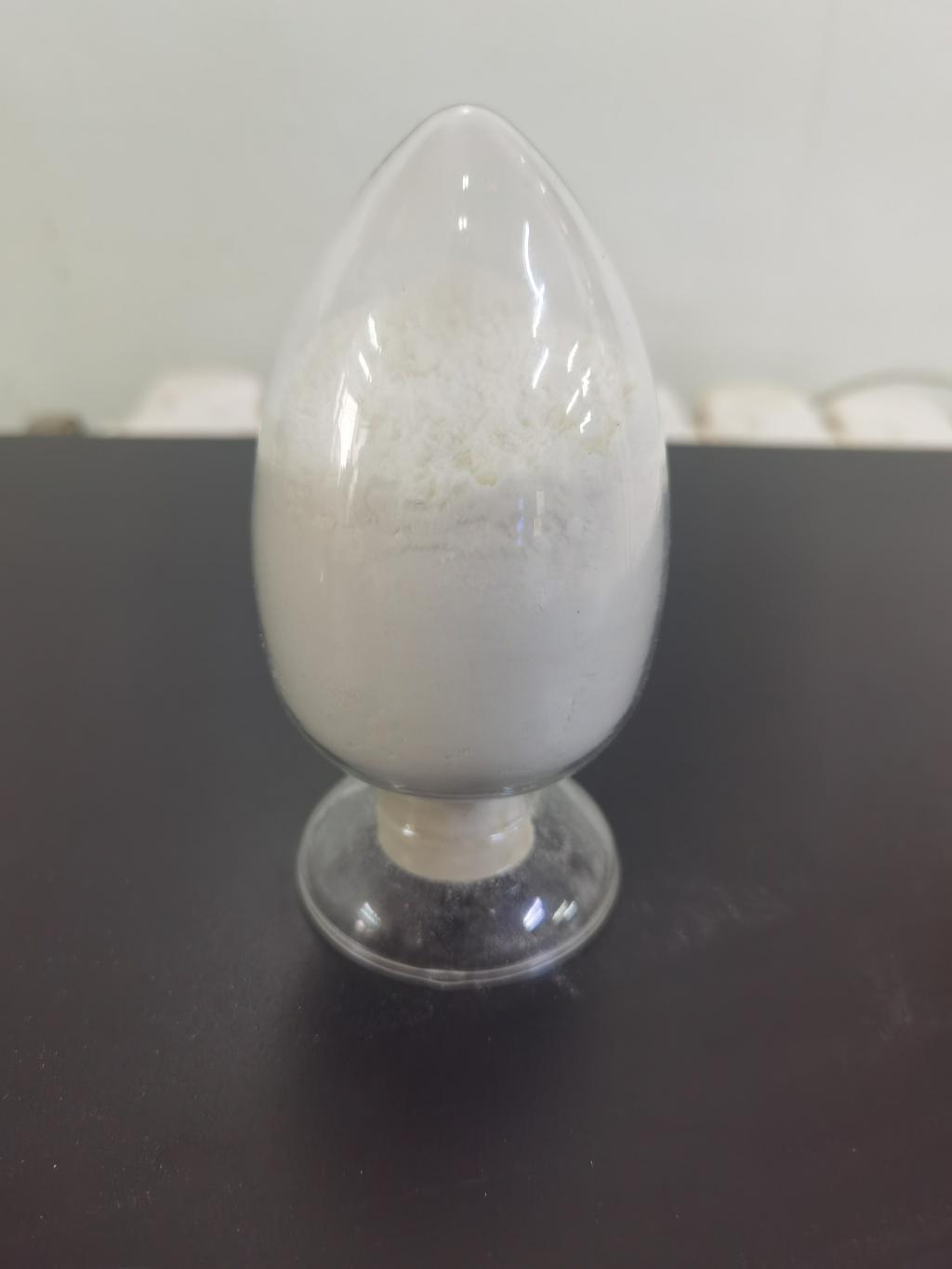Tel:+8618231198596

News
 CONTACT
CONTACT
 CONTACT
CONTACT
- Linkman:Linda Yao
- Tel: +8618231198596
- Email:linda.yao@dcpharma.cn
- Linkman:CHARLES.WANG
- Department:Overseas
- Tel: 0086 0311-85537378 0086 0311-85539701
News
ε-Polylysine hydrochloride is a natural food preservative with potent antimicrobial properties.
TIME:2024-04-08
Origins and Properties:
ε-Polylysine hydrochloride is a polymer consisting of multiple lysine amino acids linked together. Lysine is an essential amino acid found abundantly in various protein-rich foods such as meat, fish, dairy, and legumes. Through a fermentation process involving bacteria, ε-Polylysine hydrochloride is produced, yielding a compound with remarkable antimicrobial activity against a wide range of microorganisms, including bacteria, fungi, and yeasts.
One of the key properties of ε-Polylysine hydrochloride is its ability to disrupt microbial cell membranes, leading to cell death. This mechanism of action makes it highly effective in inhibiting the growth of spoilage organisms and foodborne pathogens, thereby extending the shelf life of perishable foods.
Applications in Food Preservation:
The applications of ε-Polylysine hydrochloride in food preservation are diverse and expansive. In meat and poultry products, where spoilage and contamination are constant concerns, ε-Polylysine hydrochloride helps maintain freshness and safety throughout processing, storage, and distribution. Its efficacy against common pathogens like Salmonella and Escherichia coli makes it an invaluable tool for ensuring consumer safety.
Similarly, in dairy products such as cheese and yogurt, ε-Polylysine hydrochloride helps prevent the growth of harmful bacteria, thereby enhancing shelf life and reducing the risk of foodborne illness. Its compatibility with various food matrices and processing conditions makes it a versatile option for food manufacturers seeking effective preservation solutions.
Regulatory Approval and Safety:
The safety of ε-Polylysine hydrochloride as a food additive has been rigorously evaluated by regulatory agencies worldwide. In the United States, it is classified as Generally Recognized as Safe (GRAS) by the Food and Drug Administration (FDA), indicating its safety for use in food products at specified levels. Similarly, the European Food Safety Authority (EFSA) has assessed ε-Polylysine hydrochloride and deemed it safe for consumption within defined limits.
Numerous studies have confirmed the safety of ε-Polylysine hydrochloride when used as a food preservative. Its natural origin and specific mode of action make it unlikely to cause adverse effects in consumers, even with long-term exposure.
Consumer Acceptance and Market Trends:
With increasing consumer awareness and demand for clean-label ingredients, ε-Polylysine hydrochloride has gained traction as a preferred alternative to synthetic preservatives. Its natural origin and effectiveness in preserving food quality and safety resonate with consumers seeking healthier and more transparent food options.
Market trends indicate a growing interest in natural food preservatives like ε-Polylysine hydrochloride, driven by factors such as health consciousness, sustainability, and regulatory pressures. Food manufacturers are increasingly incorporating ε-Polylysine hydrochloride into their formulations to meet consumer expectations and regulatory requirements while maintaining product quality and safety.
Future Directions and Challenges:
As ε-Polylysine hydrochloride continues to gain popularity in the food industry, ongoing research and innovation are essential to unlock its full potential. Future studies may focus on optimizing production processes, enhancing efficacy against specific pathogens, and exploring novel applications in food preservation.
Challenges such as cost-effectiveness, regulatory compliance, and consumer perception remain areas of concern for wider adoption of ε-Polylysine hydrochloride. Addressing these challenges will require collaboration among researchers, food manufacturers, regulatory agencies, and consumers to ensure the safe and sustainable use of this natural food preservative.
Conclusion:
ε-Polylysine hydrochloride represents a promising advancement in the field of natural food preservation. With its potent antimicrobial properties, natural origin, and regulatory approval, it offers a compelling solution for enhancing food safety and quality while meeting consumer demands for clean-label ingredients. As the food industry continues to evolve, ε-Polylysine hydrochloride is poised to play a significant role in shaping the future of food preservation, ensuring safer, healthier, and more sustainable food products for consumers worldwide.
- Tel:+8618231198596
- Whatsapp:18231198596
- Chat With Skype







